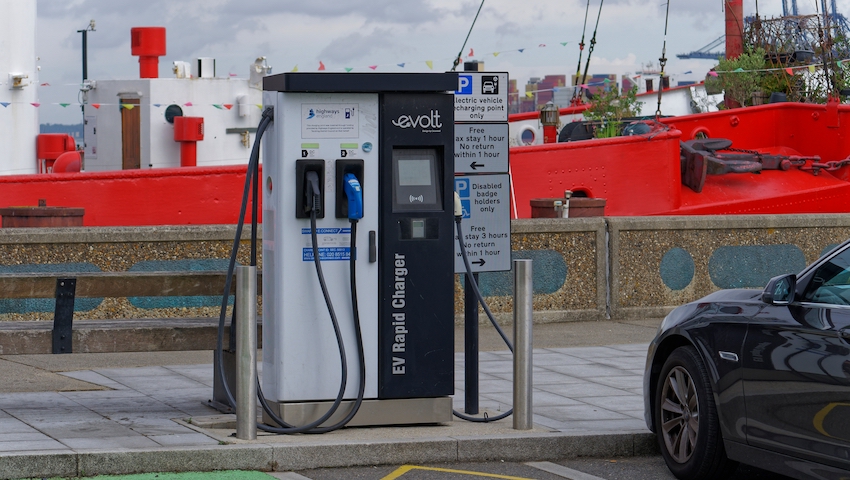Government risks stalling EV growth, Mina reports
The Government is out of touch with the cost of running EVs, according to a new report from charging payment brand Mina.
Its CEO, Ashley Tate, has warned that unless there is a change to the way drivers are reimbursed for business miles many employees, when they realise they are paying for trips out of their own pocket, are likely to refuse to use EVs, slowing the transition to electric.
HMRC’s Advisory Electricity Rate (AER), which is a simplistic flat rate for paying back business mileage, has remained the same – 5 pence per mile – since December 2021, despite electricity prices soaring in that time.
Mina’s real-world data shows that this summer alone, home charging costs increased 30% and public charging 19%. As a result 94% of journeys charged at home cost more than the Government’s 5ppm rate, and 100% of those charged in public cost the driver more than the AER.
In some cases employees were out of pocket by as much as 17p per mile if they charged in public – equivalent to £17 over a 100-mile journey, or personally subsidising £1,700 over 10,000 miles a year.
Mina’s data from its EV Report – Summer 22 shows that on average charging from home is cheaper at 9ppm (compared to than in public, at 20ppm) but at that figure, drivers are missing out by 4ppm, which equates to £4 for a 100-mile journey. At 10,000 business miles a year, that same driver has paid out £400 of their own money for business travel.
Ashley Tate, Mina CEO and co-founder, said: “Businesses account for around two-thirds of all EVs on the road, but the Government is risking the success of the transition to electric with the outdated method of paying these hard-working drivers. Those already in EVs will want to know why they are personally subsidising their business travel, while employees about to make the switch to electric may refuse once they realise they will be losing financially on every work trip they make.
“Our data shows that the AER is completely unfit for purpose, because it just does not reflect the cost of real-life electric driving. It was out-of-date just before it increased to 5ppm in December 2021, with 78% of charges costing more than the AER at the time, and is even more so now. As energy prices rise this winter, this disconnect will become greater. As drivers come to realise this, it is likely to have a serious impact on the transition to electric vehicles.
Employers can offer to pay more than the advisory rate but in order to do this and not incur any benefit-in-kind tax on that extra amount, they have to prove why they have used their own rate with evidence of each charge.
“The issue is that charging is not a simplistic, one-size-fits all process, as filling a tank with petrol and diesel is. Homeowners are all on varying tariffs, and within those tariffs the costs can be different at different times of the day,” said Tate.
“Then, in public, charging networks all have vastly different rates – our figures show they can vary from free, to 30 p per kWh as the cheapest paid-for rate, and up to £2.77 if things like parking are included. How is a business going to show to HMRC what is a reasonable rate when there are so many different factors involved? It would be a vast statistical undertaking.”
Mina tracks all charging at home, and within its public charging network, so that it knows exactly what an employee is paying for electricity every time they plug in. That means it can assign the real amount for private and business to every charge so the employee’s charging costs are always paid for accurately.
Because it is all recorded and paid direct to the supplier automatically, there is far less administration for both business and employee and far more accuracy. Crucially, the system is approved by HMRC too, so there’s no benefit in kind to pay on rates above the AER.
“The transition to electric is undoubtedly a good thing for individuals, businesses, the economy and the environment, but to do it well and do it properly requires new ways of operating. As our figures prove, simplistic, blunt instruments such as the AER don’t work.
“And it won’t work – no matter how much HMRC raises the figure – in this more complex cost environment with its many different vehicle types, tariffs and charges. But our innovative solution, which takes all of this into account, makes paying for EV charging radically simple, and crucially, fair,” he added.
